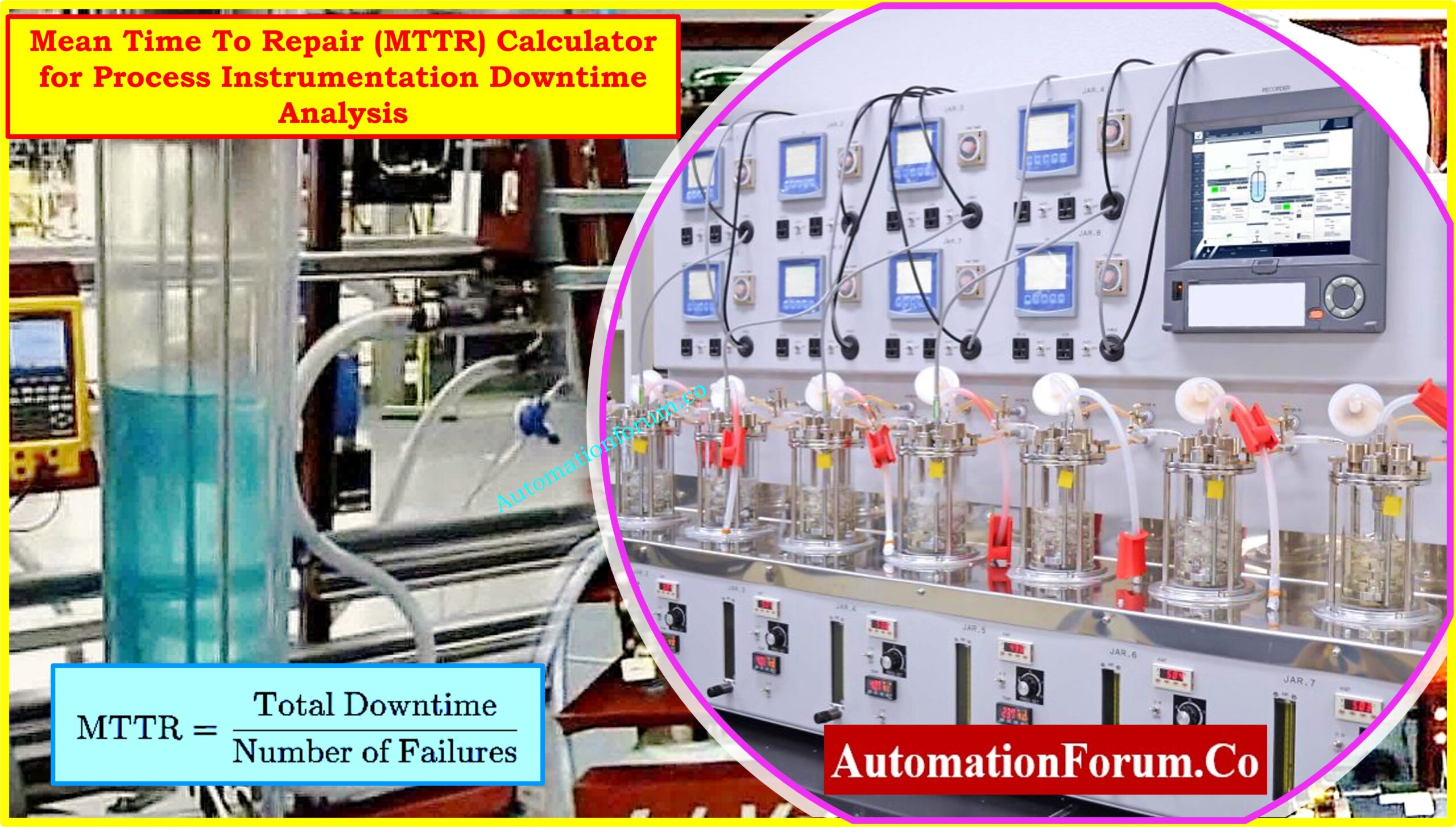Introduction
Impulse sensing lines are the lines containing process fluid which run between the sensing instruments and process tapping points, and are usually made of tubing/piping, valves and tube fittings.so tubing is one of major things that used along with the instruments.
Difference between a pipe and a tube
The fundamental difference between pipe and tube is the dimensional standard to which each is manufactured.A tube is a hollow product of round or any other cross section having a continuous periphery. Round tube size may be specified with respect to any two, but not all three, of the following: Outside diameter, inside diameter, wall thickness; type K, L and M copper tube may also be specified by nominal size and type only. Dimensions and permissible variations (tolerances) are specified in the appropriate ASTM or ASME standard specifications.
Generally tubing is specified by giving O.D. and wall thickness whereas pipes are specified by giving nominal diameter & wall thickness (NB and Schedule).

A pipe is a tube with a round cross section conforming to the dimensional requirements for nominal pipe size standard fluid line systems, whether for simple household use or for the more exacting requirements of industry, were for many years constructed from threaded pipe of assorted materials and were assembled with various standard pipe fitting shapes, unions and nipples. Such systems under high pressures were plagued with leakage problems besides being cumbersome, inefficient and costly to assemble and maintain. Therefore, the use of pipe in these systems has largely been replaced by tubing because of the many advantages it offers.

Old Method – Each connection is threaded ? requires numerous fittings – system not flexible or easy to install and service connections not smooth inside ? pockets obstruct flow.
Modern Method ? Bendable tubing needs fewer fittings ? no threading required ? system light and compact ? easy to install and service ? no internal pockets or obstructions to free flow.

Major Advantages of Tubing over Piping Systems
1. Bending Quality ? Tubing has strong but relatively thinner walls; is easy to bend. Tube fabrication is simple.
2. Greater Strength ? Tubing is stronger as no threads are required for connection. No weakened sections from reduction of wall thickness by threading
4. Economy of Space and Weight ? With its better bending qualities and a smaller outside diameter, tubing saves space and permits working in close quarters. Tube fittings are smaller and also weigh less.
5. Flexibility ? Tubing is less rigid, has less tendency to transmit vibration from one connection to another.
6. Fewer Fittings ? Tubing bends substitute for elbows. Fewer fittings mean fewer joints, fewer leak paths.
7. Tighter Joints ? Quality tube fittings, correctly assembled, give better assurance of leak?free systems.
8. Better Appearance ? Tubing permits smoother contours with fewer fittings for a professional look to tubing systems.
9. Cleaner Fabrication ? No sealing compounds on tube connections. Again no threading; minimum chance of scale, metal chips, foreign particles in system.
10. Easier Assembly and Dis assembly ? Every tube connection serves as a union. Tube connections can be reassembled repeatedly with easy wrench action.
11. Less Maintenance ? Advantages of tubing and tube fittings add up to dependable, trouble?free installations.
Different sizes of tubes
- SS Tubes (metric): 6 mm, 10mm, 12mm, 20mm and 25mm.
- SS tube (Fractional): ¼”, 3/8”, ½”, ¾” and 1”.
- Copper tubes (metric): 6mm, 10mm, 12mm, 20mm and 25mm.
- Copper tubes (Fractional): ¼”, 3/8”, ½”, ¾” and 1”
Also read





